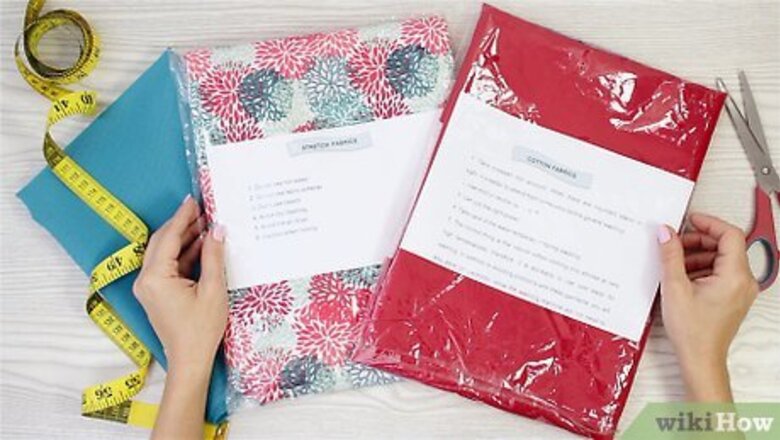
views
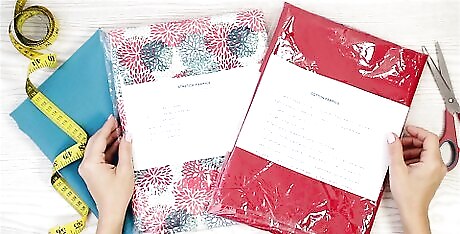
Make a note of laundering instructions when you purchase fabric. Most fabric stores will give you labels with these directions automatically, but if they are not available, make your own.
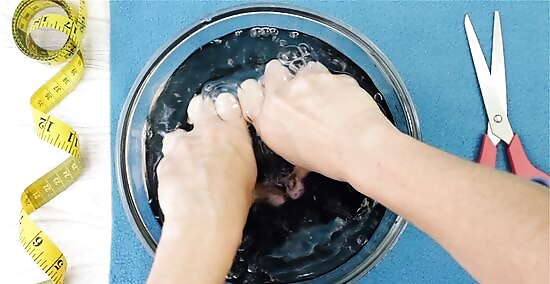
Rinse deep, dark colors like black or indigo blue in a basin of cool water until the dye no longer tinges the water. Then wash according to manufacturer's directions.
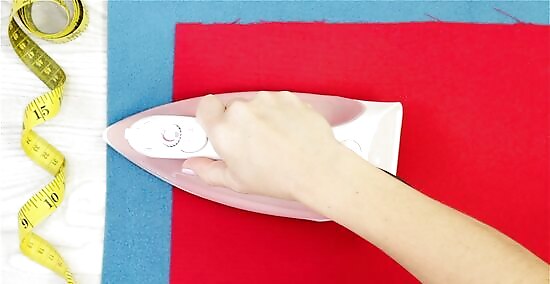
Wash each color separately. Don't just toss them in with your regular laundry in case the dye runs the first time you wash the fabric. However, if you have similar colors, you can wash them together. For instance, you might toss an indigo cotton into the wash with your dark jeans. Dry the fabric in the dryer.Delicate fabrics that cannot go in the dryer should be line dried or laid flat until almost dry and ready to be ironed. Delicate fabrics that cannot go in the dryer should be line dried or laid flat until almost dry, then ironed on low heat.
Apply fusible interfacing before sewing thin cotton fabrics that might otherwise twist and bunch. The interfacing will help stabilize the fabric when sewing. It's best to do this after you cut out your pattern pieces so you don't waste your interfacing fabric.
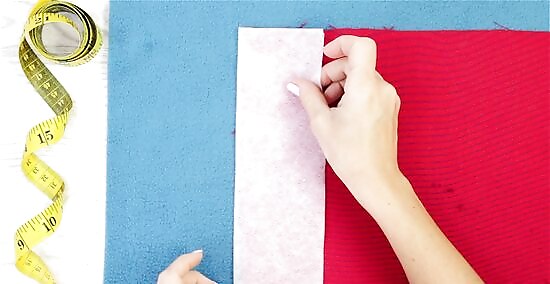
Turn the steam iron to its highest setting. Lay the fabric, right side down, on an ironing board. Place the interfacing, glue side down, on top of the fabric. Slightly dampen a cloth kitchen towel and place on top of the interfacing.
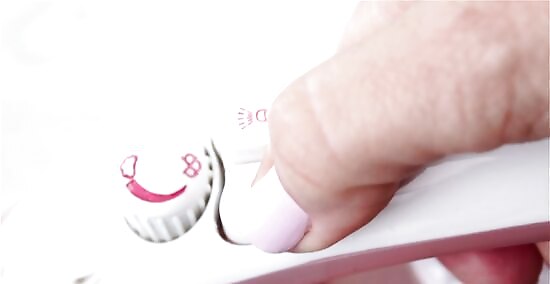
Activate the steam feature, and hold in place for 10 seconds.
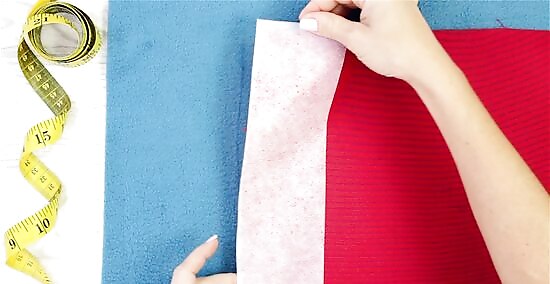
Check to see if the fabrics have fused, and continue on until all your fabric is stabilized.
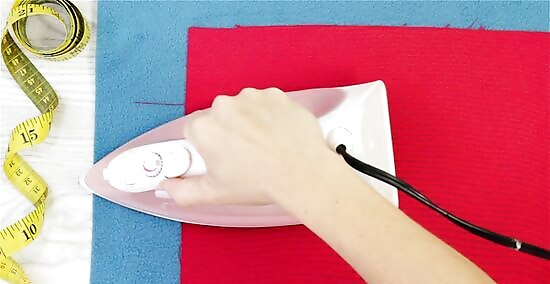
Preshrink dry-clean only fabric by ironing across the grain of the fabric in horizontal and vertical passes with a steam iron. Ironing against the grain can distort the fabric.
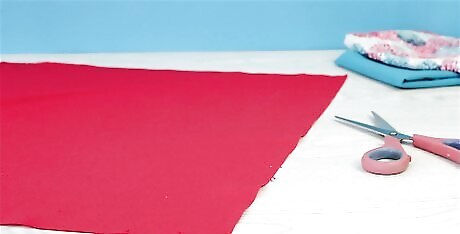
Lay the damp fabric on a flat surface and allow to air dry.
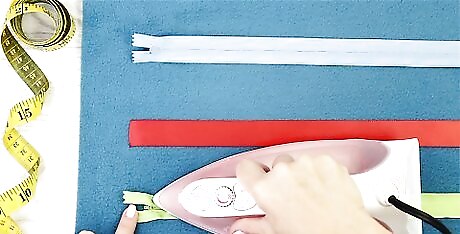
Preshrink trims, ribbons or zippers if necessary.
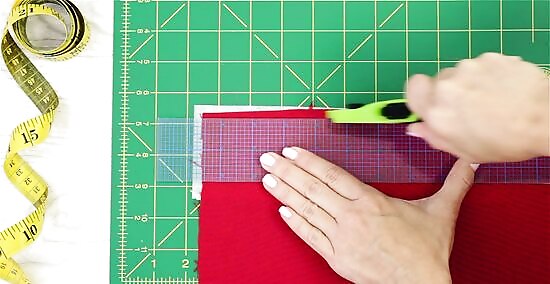
Trim the selvage edges from fabric by laying it out on a cutting board and using scissors or a rotary cutter to remove cleanly.
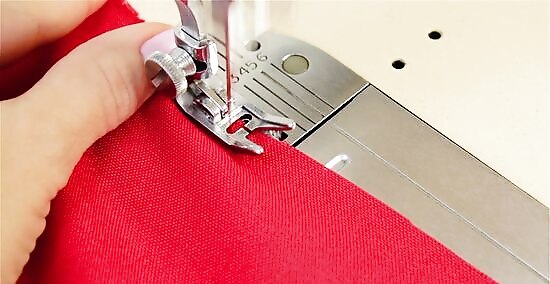
Run a seam line around the edges of fabric that tends to fray after the pattern pieces have been cut and before you sew the pieces together. You can also use a serger for this.

Straighten fabric grain before sewing. If the fabric has a straight horizontal pattern, simply trim both cut ends of the fabric piece along a horizontal line. If the fabric is woven, begin at 1 selvage edge and pull a few horizontal threads across the width of the fabric. Trim the fabric along this thread line. If you have not yet removed the selvage edges, make a vertical cut just beyond the selvage edge. Repeat on the other end. To check that the grain is straight, fold the fabric lengthwise so the selvage edges meet and the top and bottom are straight. If there is any distortion in the fabric, it may need to be pressed with a steam iron, working from the selvage edges to the fold.












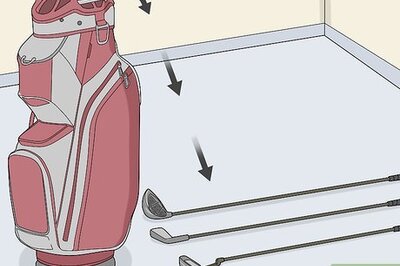






Comments
0 comment